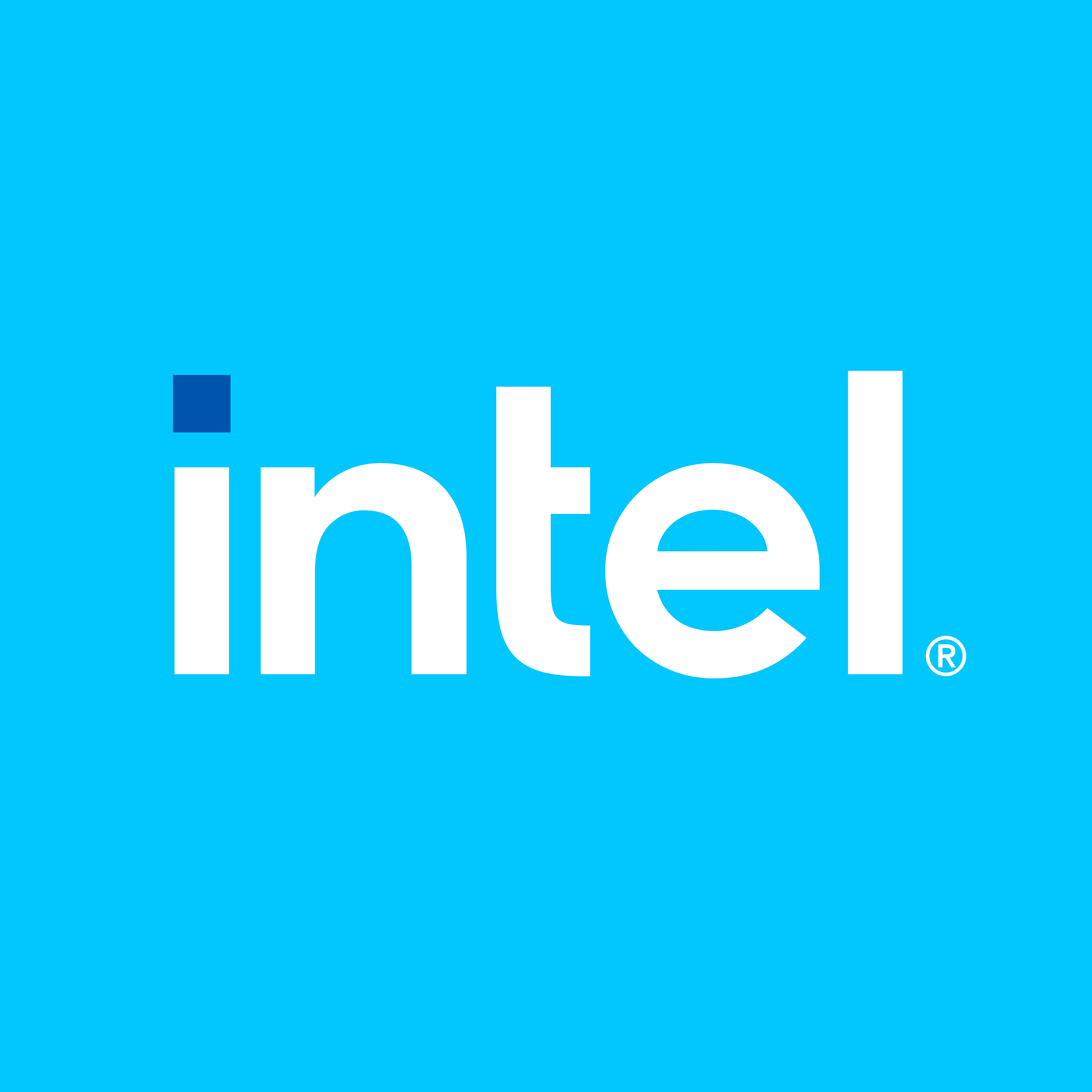Get Started with Intel® Edge AI Sizing Tool#
The guide below shows how to install and run Intel® Edge AI Sizing Tool (EAST).
Target System Requirements#
At least 1 TB of disk space
At least 32 GB of memory
Supported Operating Systems:
Ubuntu* 24.04.1 Desktop (fresh installation) for Intel® Core™ and Intel® Core™ Ultra platforms
Ubuntu* 24.04.1 Server (fresh installation) for Intel® Xeon® platform
A stable Internet connection.
Step 1: Install Prerequisites#
Note: If you are unable to access the Hugging Face server, refer to the Alternative Hugging Face Mirror Support section in the Troubleshooting for guidance.
Based on your selected system under test, refer to the Platform section of the Edge Developer Kit Reference Scripts README to install OS and necessary kernels and drivers.
Install Docker following the steps in Install Docker Engine on Ubuntu
Hugging Face
Export the hugging face token copied in your terminal. Ensure the terminal is used to run the application.
export HF_TOKEN=<your-hugging-face-token>
Refer to How to Enable Hugging Face to set up Hugging face account.
Install Edge AI Size Tool software dependencies.
sudo apt install -y pipx python3-venv python3-pip ffmpeg zip pipx ensurepath
Step 2: Install Intel® Edge AI Sizing Tool#
Download the software package EAST software download link and copy it into the test system.
unzip east.zipNavigate to the directory and execute the setup script to install EAST.
cd east ./setup.sh -i
Step 3: Running the Application#
Verify the Intel® ESQ version using the command:
esq --versionBelow is the example output:
Version: 11.2.1
Run
esq module listto verify the EAST benchmark modules.esq module list
Output
Listing all modules: system edge-ai-sizing-tool
Run Intel® EAST test execution. This command runs all the test modules and generate a report.
esq runOnce the test execution of the test module is completed, the report will be generated in the location as stated in the CLI. Navigate to the
reportsfolder.cd reports
Optionally, run
esq --helpto view the available command line options:esq --helpExample output
Usage: esq [OPTIONS] COMMAND [ARGS]... Edge System Qualification Options: --version Show package version --verbose Show command verbose output --help Show this message and exit. Commands: config Manage configs log Manage logs module Manage modules run Run specified modules, or all modules if none are specified.
Uninstall#
Uninstall ESQ by using the command:
./setup.sh -u
Troubleshooting#
1. Alternative Hugging Face Mirror Support#
If the default Hugging Face server (https://huggingface.co) is not accessible, you can configure an alternative mirror by setting the HF_ENDPOINT environment variable as HF_ENDPOINT=https://hf-mirror.com. Additionally, ensure that both Docker client and daemon proxy configurations are updated to allow access to the mirror. If HF_ENDPOINT is not defined, the library will default to the Hugging Face server.
Example System Proxy Configuration#
Set the HF_ENDPOINT=https://hf-mirror.com environment variable in /etc/environment or use the following command in your terminal session:
export HF_ENDPOINT=https://hf-mirror.com
Example Docker Proxy Configurations#
Refer to the:
This ensures that the library will use the specified mirror for accessing Hugging Face resources.
